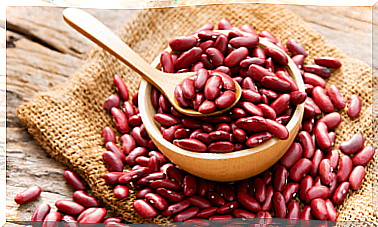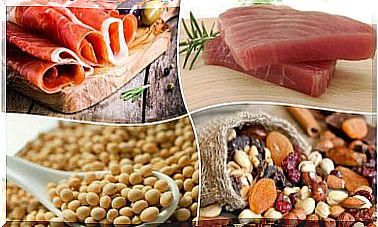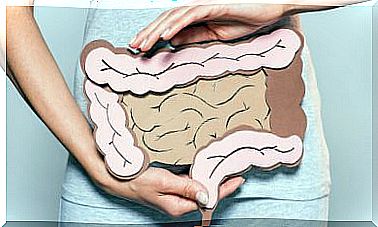Raw Food: What Does This Diet Consist Of?
Today, there are very diverse diets that promise benefits on body composition and health. Next we are going to talk to you about one of them very special: the raw food diet . This differs from all the others in that it restricts ways of preparing food.
Before telling you what it consists of, you must bear in mind that when going on a diet it is advisable to visit a nutrition professional. This will be able to choose the most suitable plan according to individual needs, while avoiding recommending plans that are sold as miraculous and that, ultimately, are harmful to health.
What is the raw food diet?
The raw food diet is an eating model that is based on the consumption of raw or cooked food at a low temperature. In its strictest form it is difficult to follow, since many of the products that are introduced in the day to day need to be cooked for one reason or another.
As a general rule, this type of diet includes foods from the plant kingdom, so it can be classified within the broad spectrum of veganism. However, some modalities allow animal products.
Its defenders maintain the argument that cooking food alters its nutritional value, since high temperatures affect the vitamin content and its functionality. However, the truth is that this is not usually a problem and there have been no nutrient deficiencies from cooking.
On the other hand, the fact of subjecting the different products to a cooking process ensures their hygienic quality, avoiding the spread of dangerous pathogenic microorganisms. One of them would be, for example, Clostridium botulinum, as stated in a study published in Current opinion in food science.
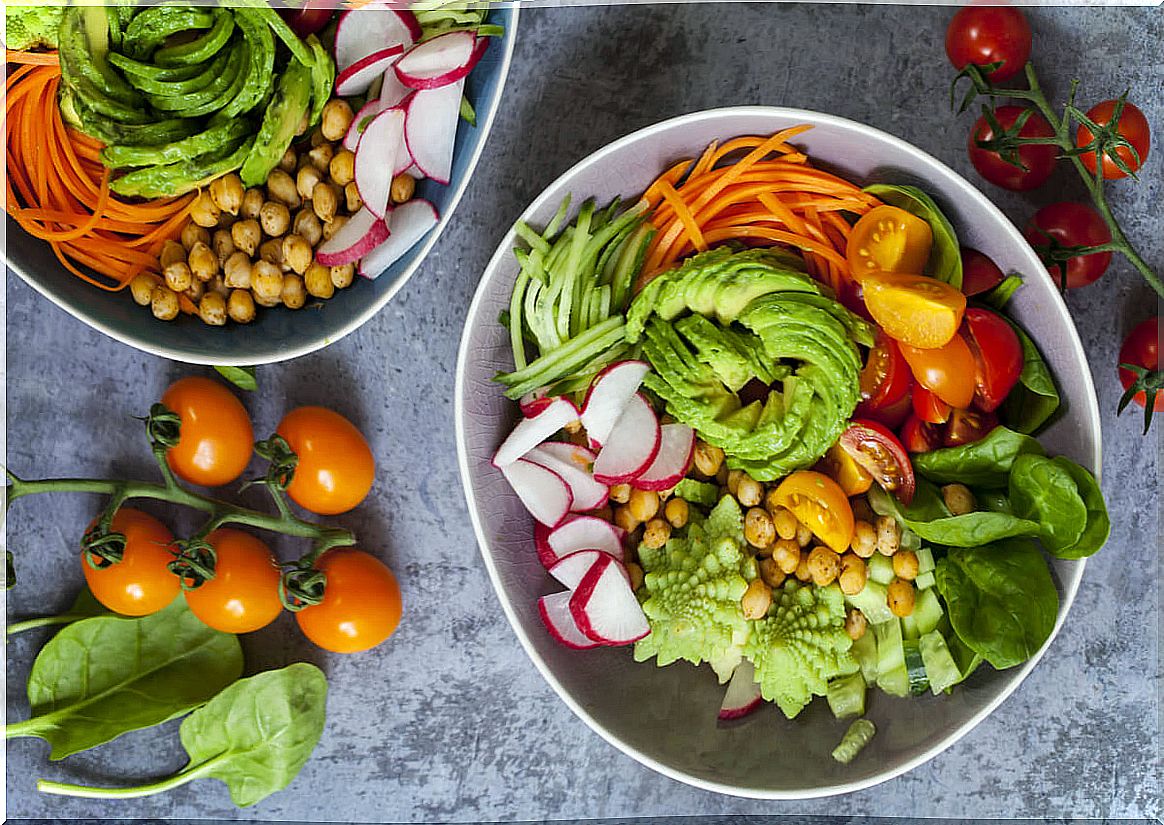
What are the benefits of this diet?
The main benefit of the raw food diet , beyond the preservation of the nutrients in the food, is the presence of a high amount of products of plant origin. There is sufficient scientific evidence to affirm that the consumption of this class of products reduces mortality and the risk of developing complex diseases.
However, this type of feeding also has certain drawbacks. These are related to the lack of certain nutrients, such as iron, vitamin B12 and vitamin D.
A deficiency of this last substance has been linked to the risk of suffering from inflammatory diseases, as well as pathologies of the bone tissue. A classic example is osteoporosis.
Raw food menu
We are going to give you an example of a raw food menu so that you know how to make a diet with these characteristics:
- Breakfast: the ideal, in this case, is to include a mixed fruit and vegetable smoothie. A possible combination would be: melon, apple, watermelon and nuts.
- Food: in this case you can offer a first course consisting of a salad (lettuce, tomato, pepper, onion and olives) and a second course including a hummus with raw vegetables (carrot and pepper). The dessert could be a fruit salad.
- Snack: the best option for a snack is nuts. In this way, the protein intake can be completed.
- Dinner: in this case you can use a steamed vegetable cooking, accompanied by a vinaigrette. A handful of dried fruit is proposed again for dessert.
Limitations
As you have seen, this eating method is deficient in protein and calories. This will cause a loss of weight, but also of muscle mass.
For this reason, it is not recommended for the general population, since a reduction in lean mass is associated with a worse state of health. From an objective point of view, it is not a sustainable long-term dietary model. This is something that happens frequently in restrictive approaches, which due to their daily limitations lead to low adherence.
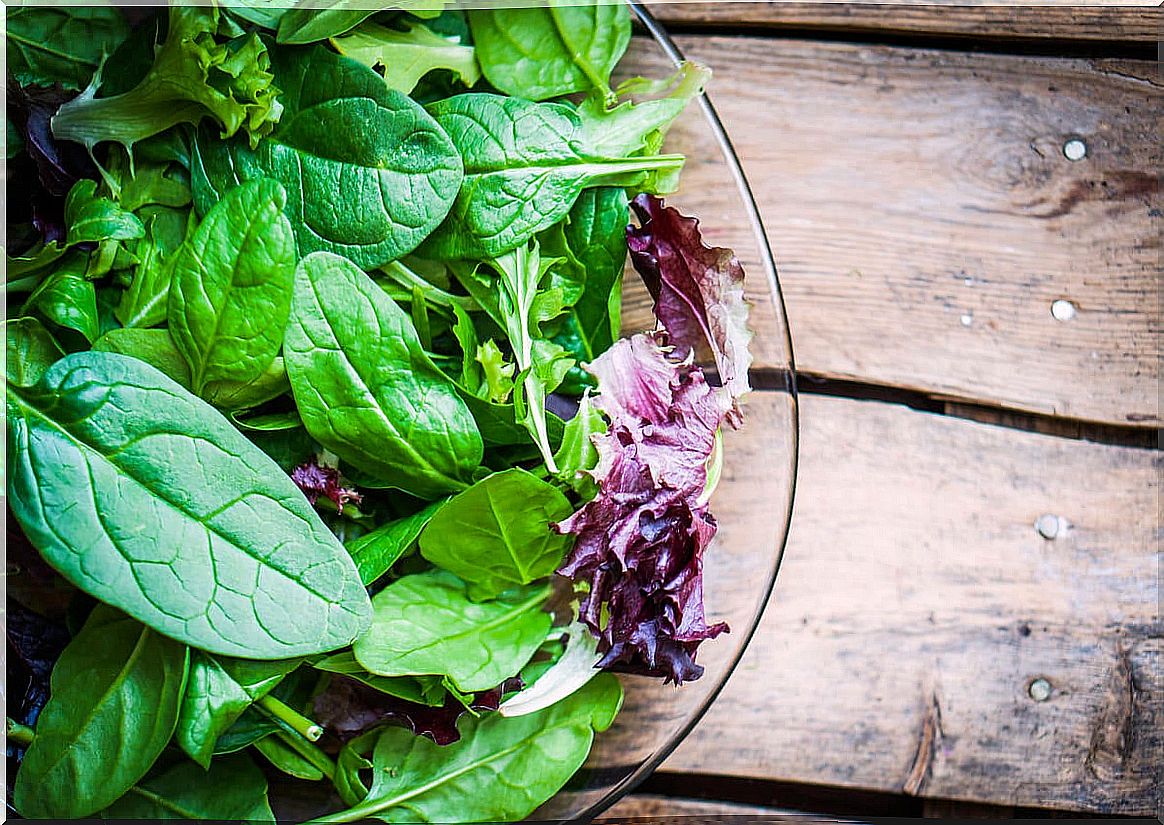
The raw food diet: a restrictive plan
Despite the fact that it has become fashionable among many celebrities on the big screen, the raw food diet is a restrictive eating method that does not offer health benefits, but rather the opposite. It is a model lacking in essential nutrients, such as proteins and some vitamins and minerals.
This condition can lead to the development of pathologies in the medium term, such as anemia. In addition, it is possible to experience a reduction in muscle mass derived from an inadequate protein intake. This situation will always be negative.
For this reason, we recommend that you adhere to a less restrictive and more sustainable type of plan. Go to a nutrition professional to improve the approach and avoid making mistakes.

